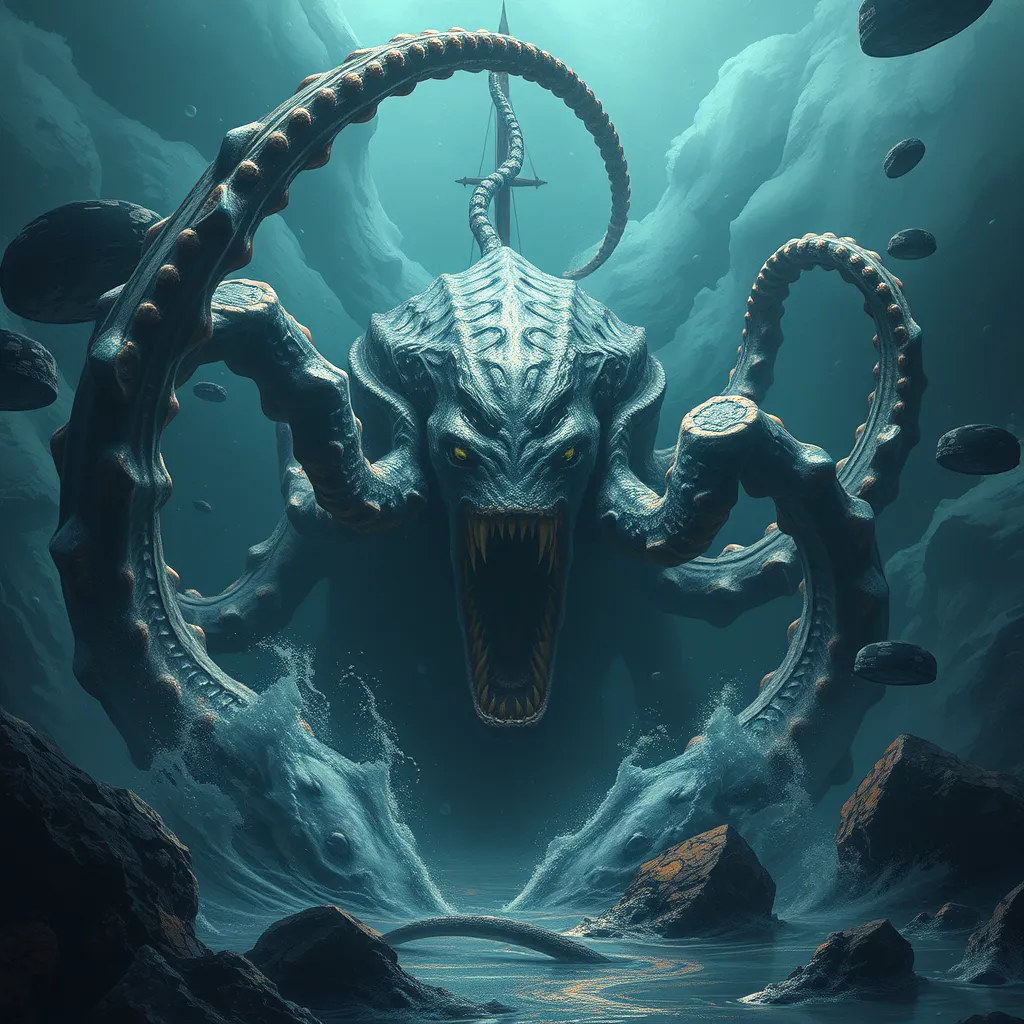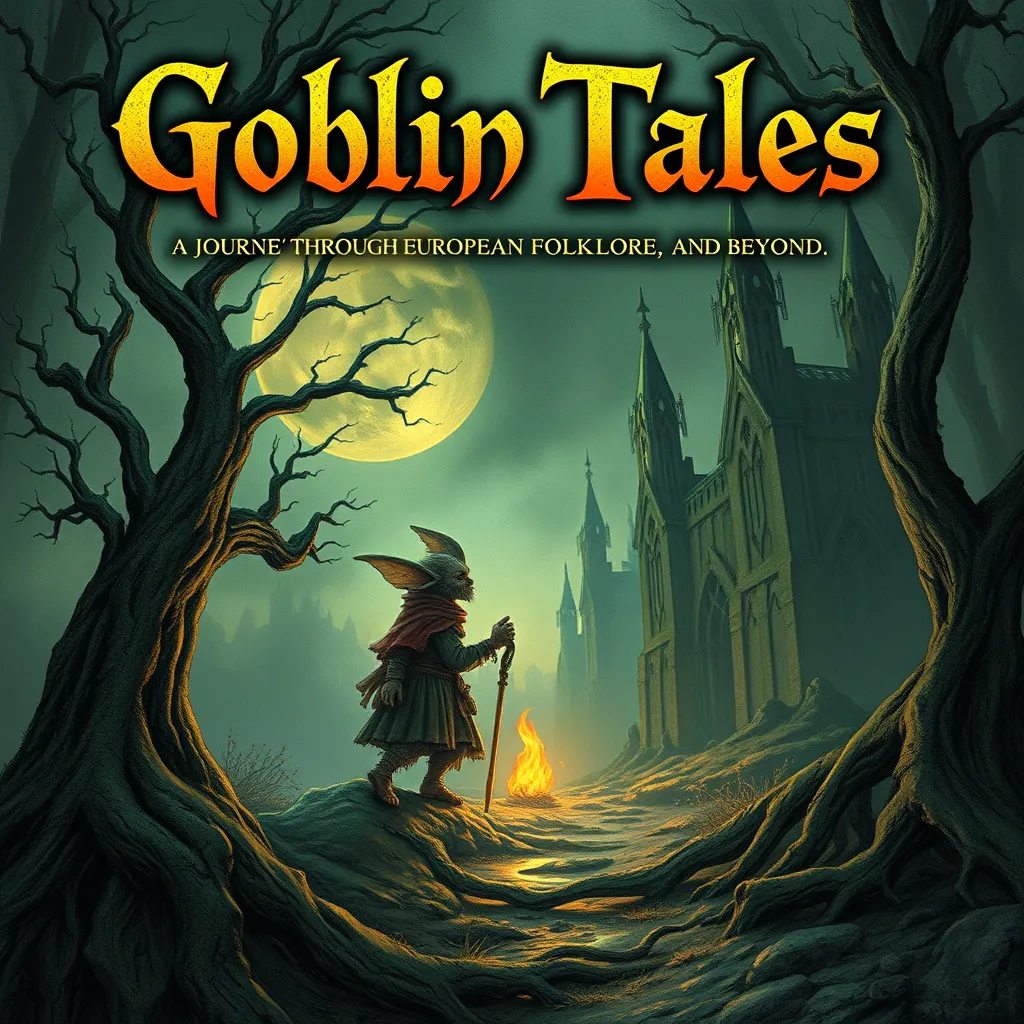The Kraken’s Weakness: Exploring the Monster’s Vulnerability to Human Intervention
I. Introduction
The Kraken, a legendary sea monster, has captured the imagination of humanity for centuries. From ancient folklore to modern films, this beast is often depicted as a colossal creature lurking beneath the waves, ready to drag ships and sailors into the depths of the ocean. Its fearsome reputation has made the Kraken a symbol of the unknown dangers of the sea.
The purpose of this article is to explore the vulnerabilities of the Kraken in the context of human intervention. By examining its mythical origins, biological features, and the various methods humans have employed to confront this creature, we can gain insights into its weaknesses and the broader implications for our relationship with mythological beings and nature itself.
II. Mythical Origins of the Kraken
The Kraken’s roots can be traced back to historical accounts and cultural significance across various societies. Originating in Scandinavian folklore, the Kraken was often described as a giant octopus or squid that terrorized sailors in the waters off Norway and Greenland. Many sailors recounted terrifying tales of ships being pulled under the waves, leading to a widespread belief in this fearsome creature.
Over the years, the image of the Kraken has evolved. In the 18th century, naturalists began to speculate that the Kraken might be based on real creatures, such as giant squids. This blending of myth and reality contributed to the Kraken’s status as a powerful symbol of the ocean’s mysteries.
III. The Kraken’s Symbolism
The Kraken represents the power and mystery of nature, embodying humanity’s struggle to understand and control the natural world. It symbolizes the chaotic forces of the ocean, which can be both beautiful and terrifying.
Moreover, the Kraken serves as a metaphor for human fears and challenges. It embodies the unknown—our anxieties about the vastness of the ocean and the unpredictability of nature. In this way, the Kraken mirrors our internal struggles and the instinctual fear of what lies beneath the surface.
IV. Understanding the Kraken’s Biological Features
While the Kraken is a mythical creature, its physical attributes can be imagined based on descriptions from folklore. Typically, it is portrayed as a gigantic cephalopod, with numerous tentacles and a large, intimidating body. Theories suggest the Kraken could possess features similar to those of real-life squids or octopuses, such as:
- Long, flexible tentacles capable of grasping and pulling
- A large, bulbous head with excellent eyesight
- Camouflage abilities to blend into its surroundings
Analyzing these attributes leads to theoretical weaknesses. For instance, the Kraken’s large size may hinder its agility, making it vulnerable to faster, smaller vessels. Additionally, its reliance on deep water could pose challenges if it were to be lured into shallower regions.
V. Human Intervention: Tools and Techniques
Throughout history, humans have developed various methods to confront the Kraken. In ancient times, sailors relied on harpoons, nets, and sheer brute force to fend off the creature. The legends often depict epic battles between fishermen and the Kraken, showcasing humanity’s tenacity against nature’s might.
In modern times, technology has evolved, providing new tools and strategies for combatting the Kraken. These include:
- Advanced sonar technology to locate the creature in the depths
- Submersibles designed to explore and potentially confront the Kraken
- Robotic systems capable of capturing or deterring the creature without risking human life
These advancements reflect humanity’s ongoing desire to understand and conquer the mysteries of the sea.
VI. Psychological Factors: The Fear of the Unknown
The role of fear in human interactions with mythical creatures cannot be overstated. Fear often stems from the unknown, and the Kraken epitomizes this fear. As a creature of the deep, it evokes a primal anxiety about what lies beneath the surface of the water.
This fear influences the perception of the Kraken’s vulnerability. Many legends depict the creature as nearly invincible, which can create a psychological barrier that leads humans to underestimate their own capabilities in confronting it. Understanding this dynamic can help demystify the Kraken and reveal potential strategies for intervention.
VII. Case Studies: Encounters Between Humans and the Kraken
Notable encounters between humans and the Kraken, both historical and fictional, provide intriguing insights into how this creature has been perceived and confronted. Some examples include:
- The “Kraken” Shipwrecks: Historical accounts of shipwrecks attributed to the Kraken often detail the chaos and fear experienced by crews. These stories highlight the terrifying power of the creature and the helplessness of sailors.
- Fictional Encounters: In literature and film, such as “Pirates of the Caribbean,” the Kraken is portrayed as a formidable foe, showcasing human bravery and ingenuity in the face of overwhelming odds.
Analyzing these encounters allows us to draw lessons about humanity’s relationship with nature and the importance of respecting its power while also recognizing our own strengths.
VIII. Conclusion
In summary, the exploration of the Kraken’s vulnerabilities reveals much about humanity’s relationship with mythological creatures and the natural world. From its mythical origins to modern interpretations, the Kraken serves as a powerful symbol of fear and the unknown. By understanding its biological features and the psychological factors at play, we can better appreciate our own vulnerabilities and strengths in confronting such formidable beings.
Ultimately, the study of the Kraken invites us to reflect on our relationship with nature, urging us to approach it with respect, curiosity, and an acknowledgment of our place within the broader tapestry of life.



